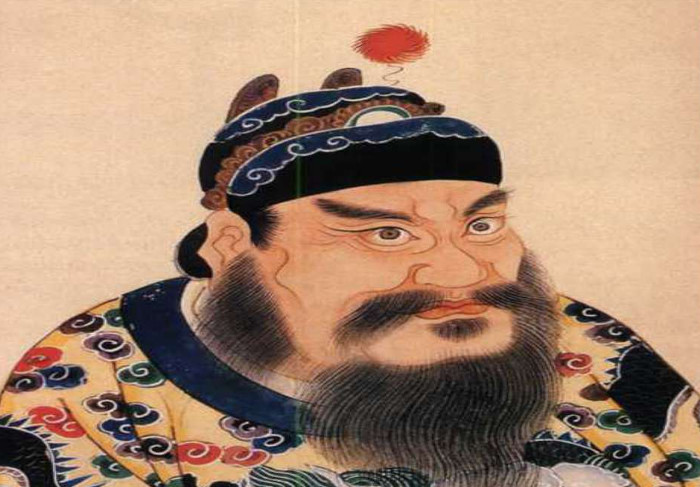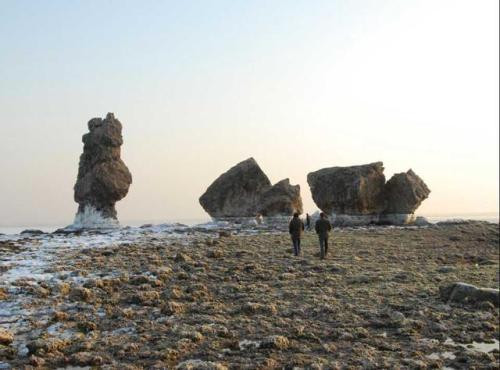Ruins of Qin Shihuang Palace surfaced on the beach
The seaside palace of Qin Shihuang, the first emperor in China, rose up off the coast of Tuy Trung and Liaoning districts.
According to archaeologists, the palace dates back more than 2,200 years and is among the 200 emperors of the emperor across the country. Previously, local fishermen had seen many coins and antique ceramics on the sea floor. According to the South China Morning Post, the stone walls of the palace are clearly visible at low tide.

Carve portraits of Qin Shihuang, the first emperor of China.(Photo: Wikipedia).
Researchers at the Archaeological Institute of the Chinese Academy of Social Sciences discovered a 60-meter-wide podium, made from large blocks of stone, for worshiping or serving other important events. In addition, they found traces of a large stone path running through the palace.
The team determined that the palace was built in 221 - 207 BC under the direction of Qin Shihuang (259-210 BC), the emperor unified China after conquering vassal states.
Archaeologists also found the ruins of Yueyang , the capital of the Qin Dynasty Warring States period in Yancheng, Shaanxi. This city is famous for being the center of political reform, leading to the birth of the Chinese legislative system.

The vestiges of the seaside palace.(Photo: SCMP).
Reforms helped Qin become the strongest country during the chaotic fighting period, laying the foundation for later Chinese unification. In Yueyang, the team found three buildings, of which the largest building was 920 square meters with lots of bricks and broken pottery.
- Found the palace in the tomb of Qin Shihuang
- Discover the ruins of the palace of Placentia - where King Henry VIII was born
- The 3000-year-old palace suspects King Solomon
- Discover treasure in the tomb of Qin Shihuang
- Beautiful photo: On the coast of Libya
- Admire the 10 most magnificent palaces in the world
- Discover the ancient Mayan city in the forest
- Unexpectedly discovered the 2,600-year-old palace under the tomb of the prophet Jonah
- China excavated the tomb of Qin Shihuang's grandmother
- Discover the world's largest gold-plated palace of the king of Brunei
- Strange beauty of 'unique' beaches
- Explore the magnificent Royal Palace of Japan
 Discovered an ancient centipede fossil 99 million years old
Discovered an ancient centipede fossil 99 million years old Discovered bat-like dinosaurs in China
Discovered bat-like dinosaurs in China Discovered a 200-year-old bronze cannon of the coast
Discovered a 200-year-old bronze cannon of the coast Discover 305 million-year-old spider fossils
Discover 305 million-year-old spider fossils